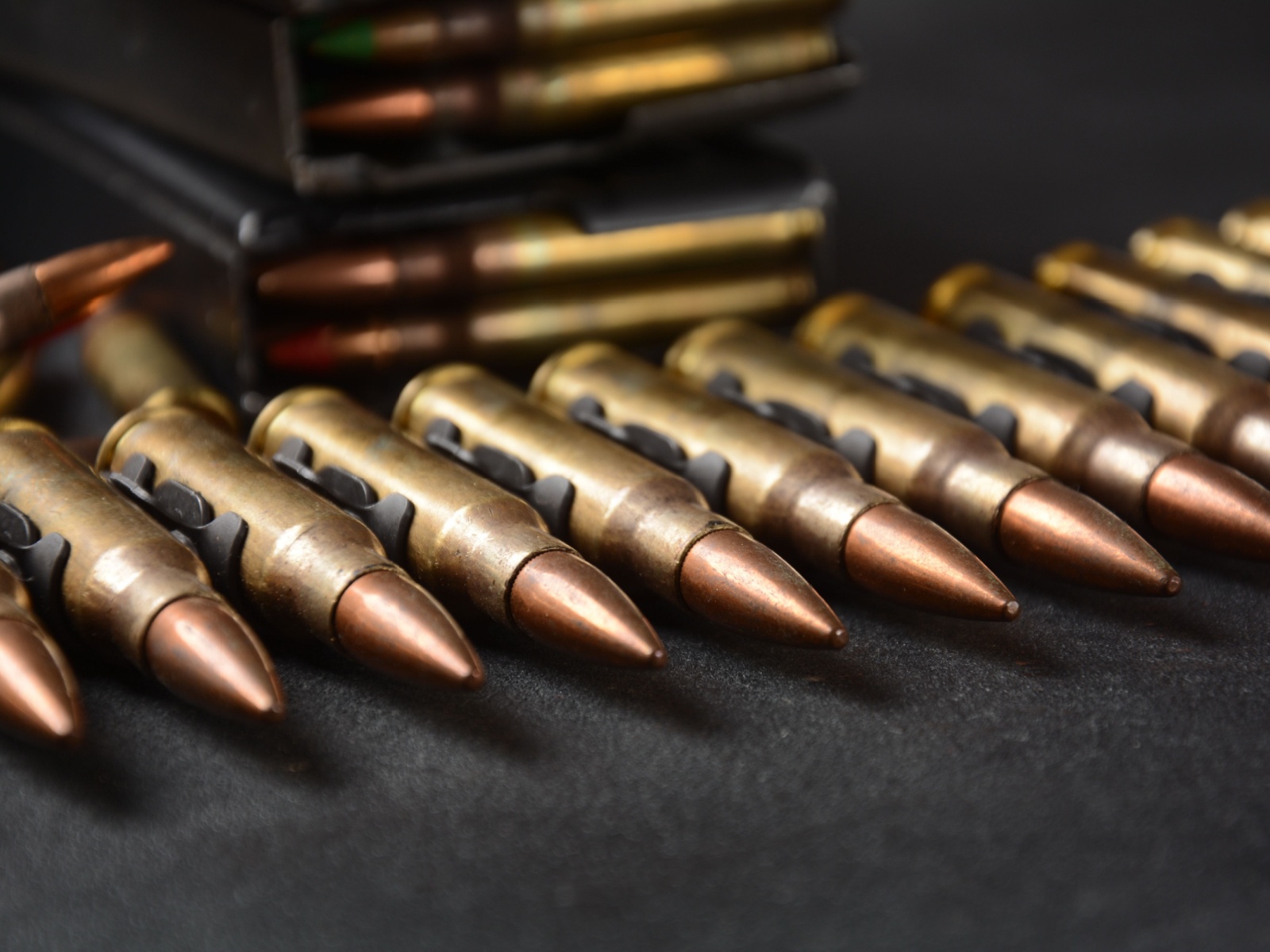EN 15607 Blast Overpressure Effect Test
The EN 15607:2013 standard specifies the method of determining the effect of blast overpressure on structural components and systems. This test is crucial for ensuring that military equipment, especially vehicles, shelters, and other structures, can withstand the harsh environment of combat zones without compromising safety or performance.
The EN 15607 test aims to evaluate the integrity and functionality of materials under blast overpressure conditions. By simulating real-world scenarios where such pressures may occur, it helps manufacturers and designers optimize their products for resilience against explosive events.
During this test, specimens are exposed to controlled blast overpressure environments that mimic those encountered during military operations or accidents involving explosives. This includes high-pressure waves generated by explosions, which can cause severe damage if not adequately prepared for. The primary objective is to assess whether the material or structure remains intact and performs its intended function post-exposure.
The methodology involves subjecting samples to specific pressure levels over defined durations according to predefined test protocols outlined in EN 15607. These parameters take into account various factors such as explosive yield, distance from detonation point, ambient temperature, humidity conditions, etc., which can significantly influence the outcome of the blast.
After exposure, thorough inspections and assessments are carried out to evaluate any physical changes or failures in the tested materials/systems. Key considerations include structural deformations, cracks, penetration marks, loss of functionality, among others. Results from these evaluations form part of comprehensive reports submitted by accredited laboratories conducting this type of testing.
Accurate interpretation and application of results are essential for continuous improvement efforts within defense industries. Understanding how different materials behave under blast conditions allows manufacturers to make informed decisions about material selection and design modifications aimed at enhancing overall protection levels.
Scope and Methodology
| Blast Overpressure Parameter | Description | Test Conditions |
|---|---|---|
| Overpressure Level | The peak overpressure reached during the blast. | Defined by EN 15607:2013, typically ranging from 0.1 to 1.4 MPa depending on application. |
| Blast Duration | The time interval during which the overpressure is applied. | Ranges between 5 ms and 200 ms, again depending upon EN 15607 guidelines. |
| Distance From Detonation Point | The proximity of the specimen to where the explosion occurs. | Determined based on the type and size of explosive used. |
Why Choose This Test
- Ensures compliance with international standards (EN 15607:2013).
- Provides critical data for optimizing product design and material selection.
- Promotes safer operations by identifying potential weaknesses in structures or systems.
- Aids in meeting regulatory requirements set forth by governing bodies responsible for military equipment safety standards.
- Supports research and development activities aimed at improving protective measures against explosive threats.
Environmental and Sustainability Contributions
The EN 15607 Blast Overpressure Effect Test plays a vital role in enhancing environmental sustainability through its contribution to safer, more resilient military equipment. By ensuring that structures and systems can withstand blast overpressure without failure, this test helps reduce the risk of accidents leading to secondary explosions or hazardous material releases.
Incorporating robust protective measures into military hardware not only protects personnel but also minimizes environmental impact by preventing contamination from leaking fuels, chemicals, or other harmful substances. Furthermore, the data generated during these tests contributes valuable insights that can lead to more efficient use of resources and materials in future designs.





